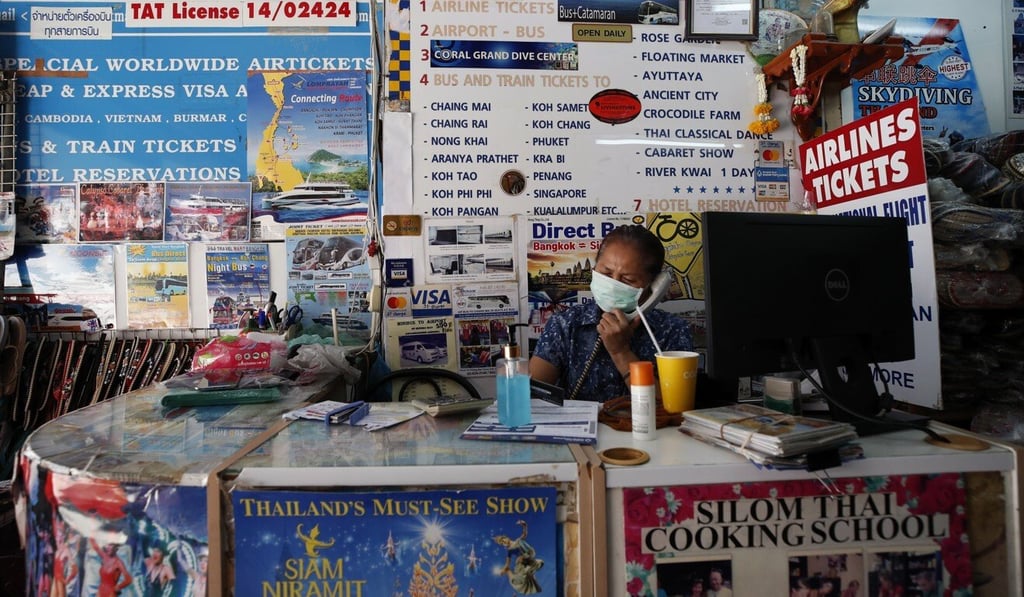Coronavirus to keep almost 24 million people in Asia impoverished, World Bank says
- Industries particularly vulnerable to the pandemic’s impact include tourism in Thailand, and manufacturing in Cambodia and Vietnam
- The World Bank urged the region to invest in expanding conventional health care and medical equipment factories, as well as taking innovative measures

The World Bank urged the region to invest in expanding conventional health care and medical equipment factories, as well as taking innovative measures like converting ordinary hospital beds for intensive care use and rapidly training people to work in basic care. It also called for “targeted fiscal measures” such as subsidies for sick pay that would help with containment and aid households.
“In addition to bold national actions, deeper international cooperation is the most effective vaccine against this virulent threat,” said Aaditya Mattoo, chief economist for East Asia and the Pacific at the World Bank. “Countries in East Asia and the Pacific and elsewhere must fight this disease together, keep trade open and coordinate macroeconomic policy.”

The bank said such cooperation could include cross-border public-private partnerships to boost production and supply of medical supplies and services, and ensure financial stability in the aftermath of the virus.